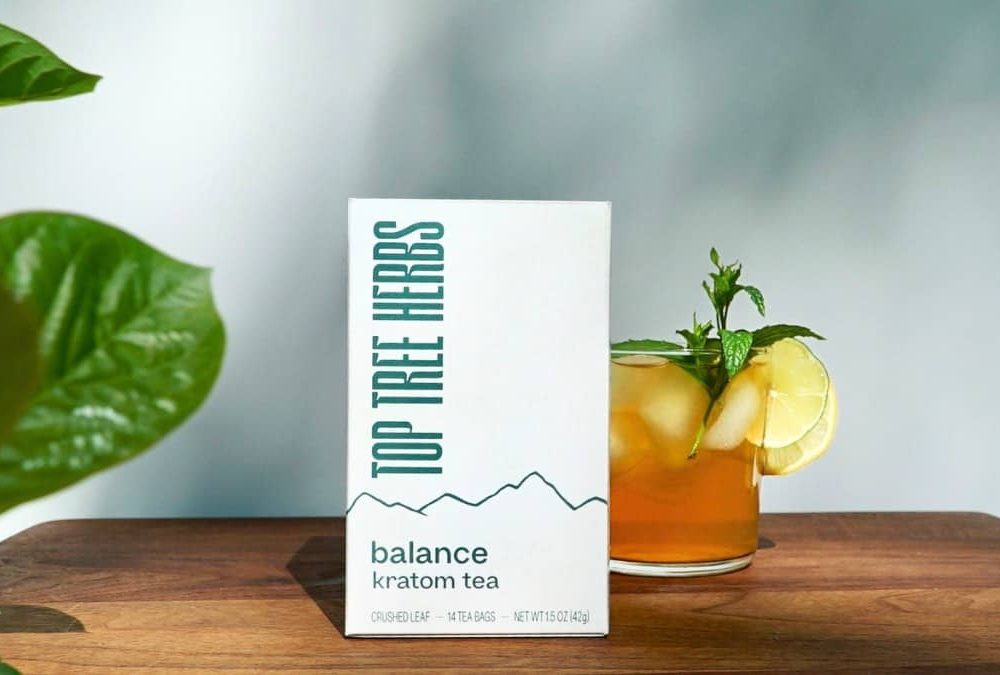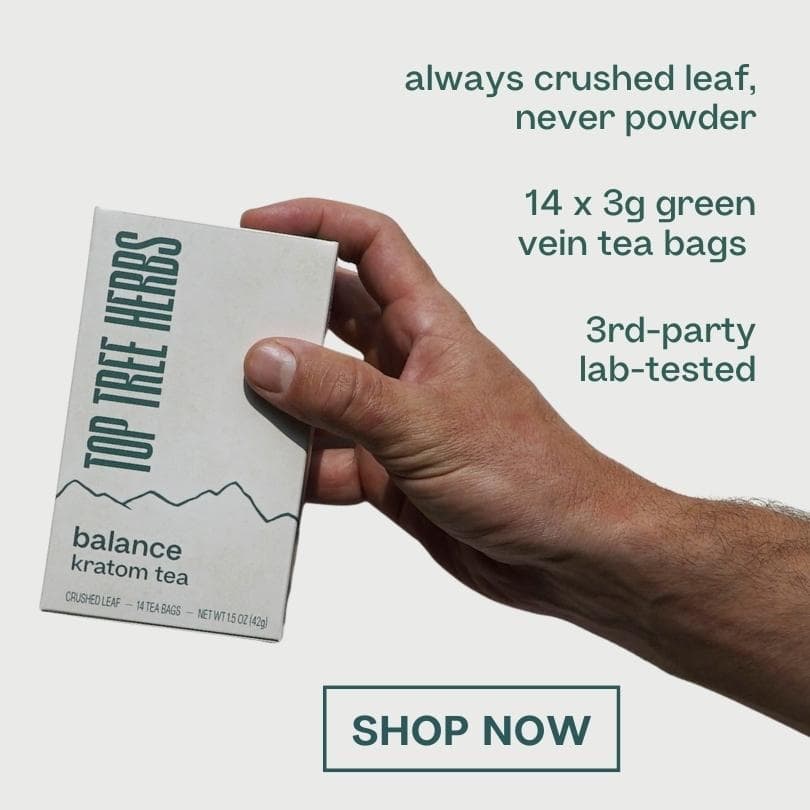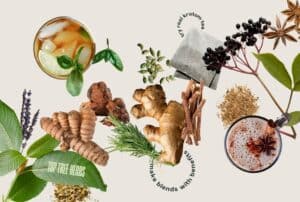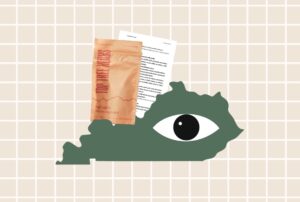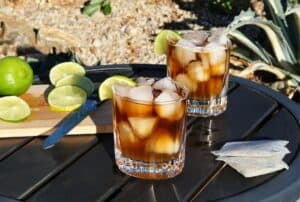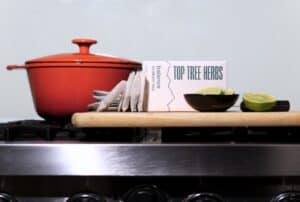While there are credible kratom vendors who care about the quality and safety of their kratom, there are also kratom vendors that will attempt to cut corners on quality in search of profit. So we’re going to dig into what kratom quality really means and how to find the best quality kratom.
Before jumping in, we want to quickly reiterate that nothing on our site is intended as, or should be taken as, medical advice. Kratom has not yet been approved for any purpose by the Food and Drug Administration (FDA).
If you are experiencing any negative side effects from consuming kratom, reach out to a medical professional immediately.
Why You Shouldn’t Buy Cheap Kratom
Before we discuss what features the highest quality kratom products typically have, let’s go over the biggest issues to related to buying low-quality kratom. Serious issues with kratom products aren’t very common, but they do exist.
For an unaware kratom buyer, cheap kratom may be an attractive offer. Hey, everybody likes a good deal, right?
Well, not so fast—unfortunately, that deal you’re getting may come at a price. There are very large hidden costs associated with cheap kratom products.
When kratom is sold for a very low cost, it might indicate that vendors are cutting corners on safety measures. Quality-control practices—like GMP compliance, lab-testing, food-safe packaging, thorough labeling, or stability testing—can be very expensive. Oftentimes, cheap kratom is low-quality kratom.
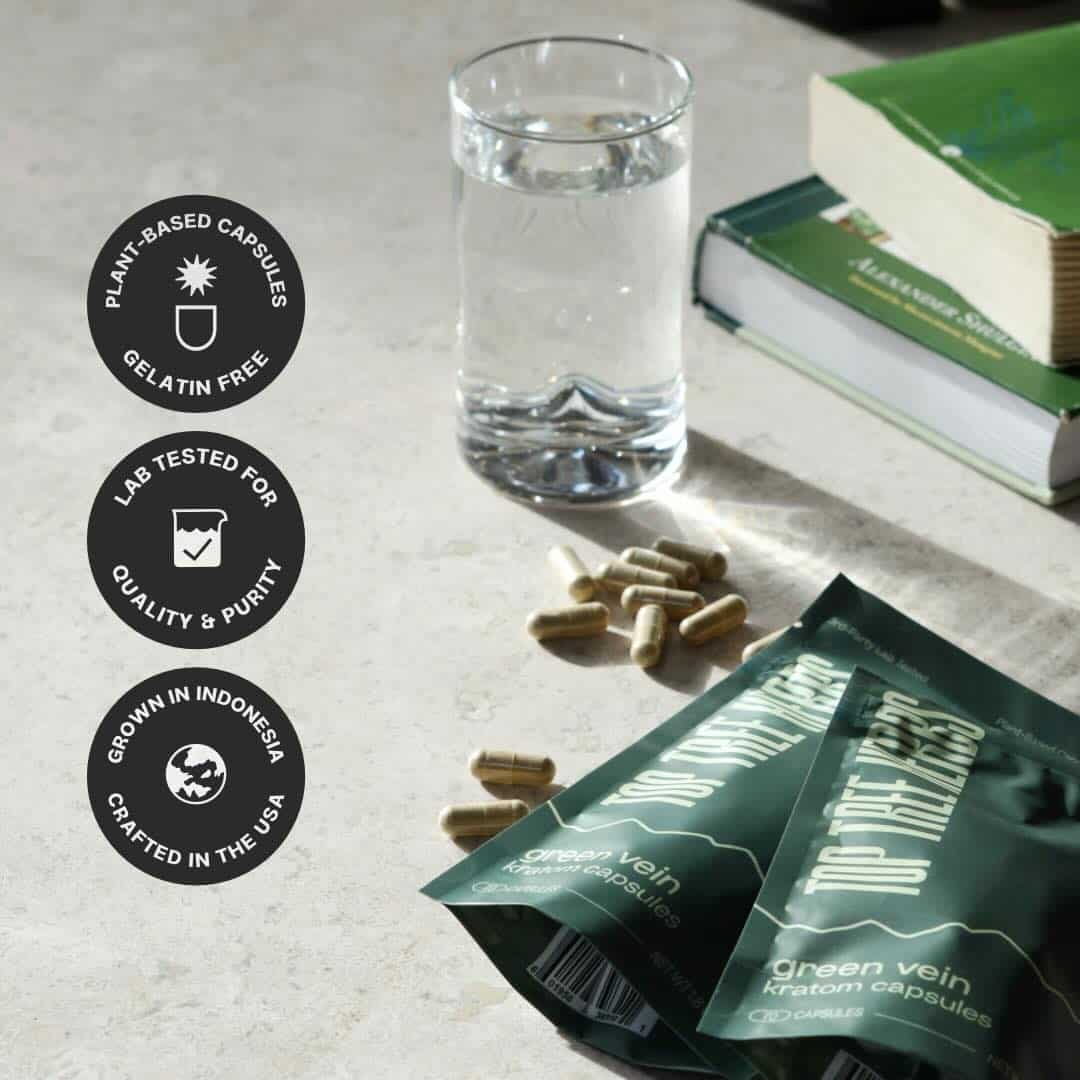
Problems with Low-Quality Kratom
From the soil to the warehouse, what are the specific problems associated with low-quality kratom? What happens when vendors skip certain quality control steps?
There are a number of issues associated with low quality kratom. Here are a few of the biggest ones.
1. Kratom Product with Ingredients Not Listed on the Label
While kratom products with adulterants or undisclosed fillers are rare, they have been found in the past. Vendors may add ineffectual fillers, or they may add nefarious substances to their kratom in order to create a more “potent” kratom product.
If you find your kratom is ineffective, has strange effects, or leads to any adverse reaction, contact a healthcare professional and the manufacturer immediately to address your concerns.
Keep in mind, kratom products can also be ineffective or have strange effects for other reasons, like poor sourcing, improper storage, or accidental contamination.
2. Microbiological contamination
The next issue with low-quality kratom is contamination. Kratom leaves can be contaminated with many types of microbiological organisms. These include yeast, mold, coliforms, E. coli, and Salmonella.
Improper washing and drying of leaves can lead to growth of microorganisms. Contamination can also happen while leaves are still growing on the trees, while the leaves are being processed, while the products are being stored, or after you purchase a product and open it at home.
You can become seriously ill by consuming a product contaminated with certain bacteria or fungi species.
3. Heavy Metal Contamination
While microbiological contaminants like E. coli can be quite obvious, other types of contamination—like heavy metals—may be harder to detect. One FDA study found unsafe levels of heavy metals like lead and nickel in several “gas station kratom” brands.
Kratom is often grown in regions with volcanic soil, which are “known to contain high levels of metals.” Runoff from mines can also contaminate soils. Metals like arsenic, cadmium, lead, and mercury can accumulate in plants like kratom that grow in these soils.
Some manufacturers extract the alkaloids from kratom leaves to make concentrated products. If the leaves contain heavy metals and they aren’t properly extracted, the heavy metals can become concentrated in the final product.
If your kratom is contaminated with heavy metals, you might not notice any issues after consuming just a few servings. However, long periods of exposure to unsafe amounts of heavy metals can eventually lead to serious health issues.
4. Unsafe Packaging
Good-quality packaging is expensive. Vendors may be able to sell cheaper products and make more money by using low-quality packaging or large bulk bags.
Exposure to air, light, moisture, and heat can not only degrade kratom products to make them ineffective, but can lead to the introduction of contaminants.
Bulk kratom may seem like more bang for your buck. However, it often comes in a giant bag that you can’t reseal or store properly. Thus, it could spoil or become ineffective before you’ve finished it.
5. Improper Labelling & Insufficient Instructions for Use
Even if you find the best quality kratom, your experience with it could be negative if you don’t know what’s in it and how to properly consume it.
Low-quality kratom may be missing one or many of the following components on their labels:
- List of all ingredients in the product
- Alkaloid content (mitragynine and 7-hydroxymitragynine are often legally required)
- Serving size
- Instructions for how to prepare and consume the product
- A recommendation for the maximum number of servings you should consume in one day
- Expiration date (if required)
- Manufacturer’s name and address
Without these label components, you could consume too much kratom or you could consume an allergen. In fact, a lack of proper labeling contributed to major lawsuits for four of the largest kratom companies.
How Do You Find the Best Quality Kratom?
When almost every brand claims they have the highest quality kratom (we can’t blame them, we talk about how great Top Tree Herbs’ product quality is all the time), how do you actually find the best?
To sort the truthful claims about kratom quality from the misleading or downright false ones, here are some essential things to look for.
1. Quality Sourcing and Processing
The majority of kratom in the US is imported from Southeast Asia. The kratom import alert and lack of federal regulation makes it difficult to for US vendors to have detailed information on overseas harvesting processing.
Nevertheless, there are steps vendors can take to ensure they are sourcing the highest quality kratom and are not degrading its quality in any processing steps.
To confirm the quality of the sourced material and final products, the kratom should be lab tested at least once.
2. Independently Tested Kratom with Accessible Lab Results
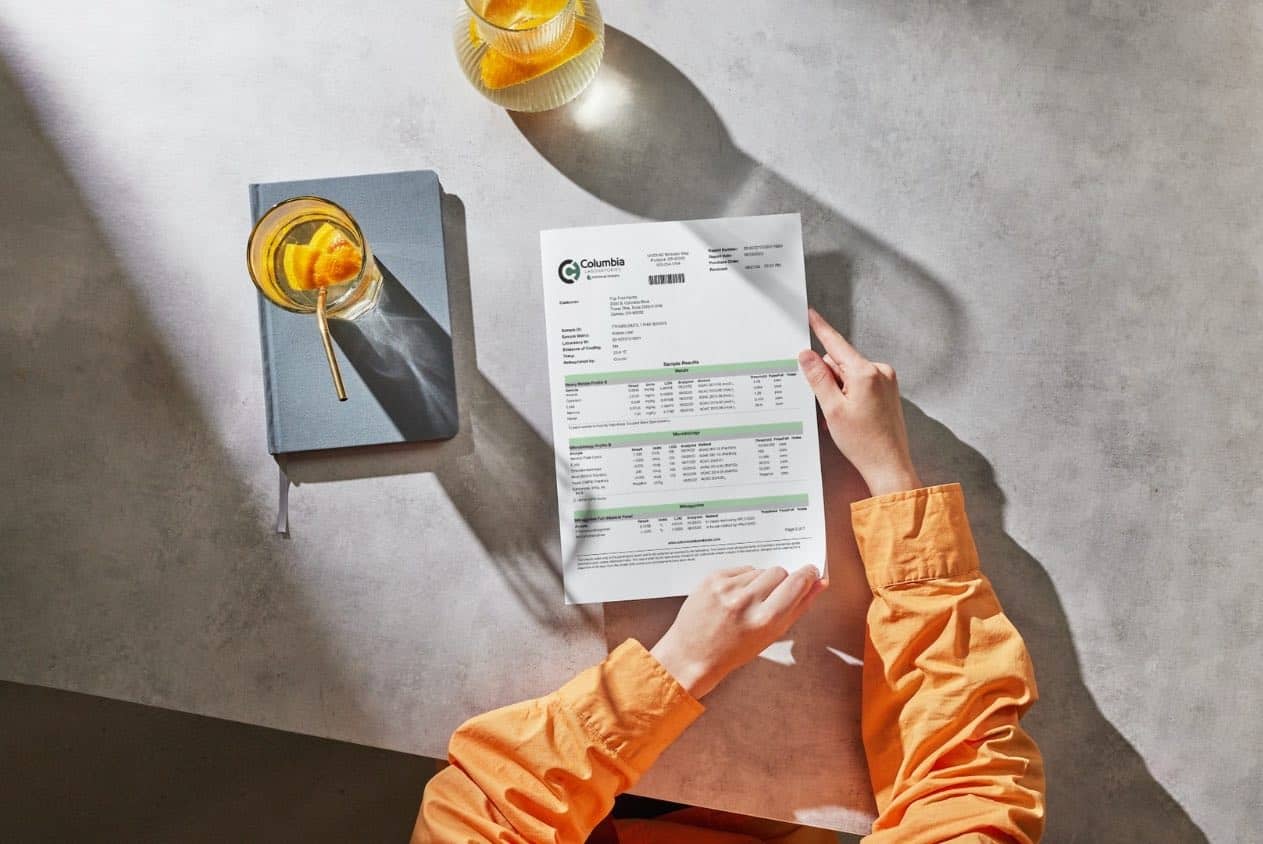
The FDA requires foods and dietary supplements to be lab-tested for potential contaminants to ensure consumer safety. While kratom is not yet federally regulated, kratom lab testing is legally required in a number of states.
This is an essential quality-control measure that vendors should complete for numerous reasons:
- Helps confirm product identity
- Ensures products are free from unsafe amounts of heavy metals
- Ensures products are free from microbiological contaminants, like mold or bacteria
- Provides customers with info on alkaloid composition (and product strength)
- For extracts, testing ensures no harmful solvents are left in the final product
Even in states without regulations, lab testing is an essential step that vendors should complete.
The proof is in the pudding Certificate of Analysis. If the vendor you’re interested in doesn’t display their lab test results on their website, reach out to them and ask for the Certificate of Analysis for the product you want to buy.
Do not believe a vendor’s claim that they have the best quality kratom if their products are not independently lab tested.
3. Thorough Product Labeling
As we mentioned above, every kratom product label should include the information you need to consume the product safely, as well as to contact the manufacturer if you have any issues with the product.
The FDA doesn’t require dietary supplements to have expiration dates, so the lack of a best by date or expiration date on a kratom product label isn’t always a red flag.
Related: Does Kratom Expire? 7 Tips To Make Sure Your Kratom Doesn’t Go Bad
4. Proper Packaging and Storage
Quality kratom should come with quality packaging. Even if a company sources the best kratom leaves, their products could end up being low quality if they don’t package and store them properly.
Here are a few components of kratom packaging to look out for to find high-quality kratom:
- Airtight
- Safety seals to prevent tampering
- Free of rips or tears
- Childproof (if required)
It’s difficult to tell if packaging is high quality when buying kratom online. To avoid buying poorly packaged kratom, read other customers’ reviews or reach out to the manufacturer with questions.
5. Regulatory Compliance and CGMP Certification*
An increasing number of kratom vendors are following strict FDA guidelines for kratom production, including Current Good Manufacturing Practices (CGMP).
Vendors can pay to get assessed third-party compliance companies to obtain CGMP certification for their facilities and products.
Should You Only Buy Kratom from AKA GMP-Qualified Vendors?
You may have heard about American Kratom Association’s (AKA) GMP Standards Program. The AKA claims to have created these standards “in an effort to enhance the safety of kratom products offered to consumers.”
However, you might want to take AKA GMP certification with a grain of salt. The featured vendor on the AKA’s GMP Qualified Vendors list is a company called O.P.M.S. In 2022, a family filed a lawsuit against O.P.M.S. and the AKA. They included the AKA because the company is on the AKA GMP-qualified list The lawsuit claims that the company’s products do not meet the AKA’s listed standards.
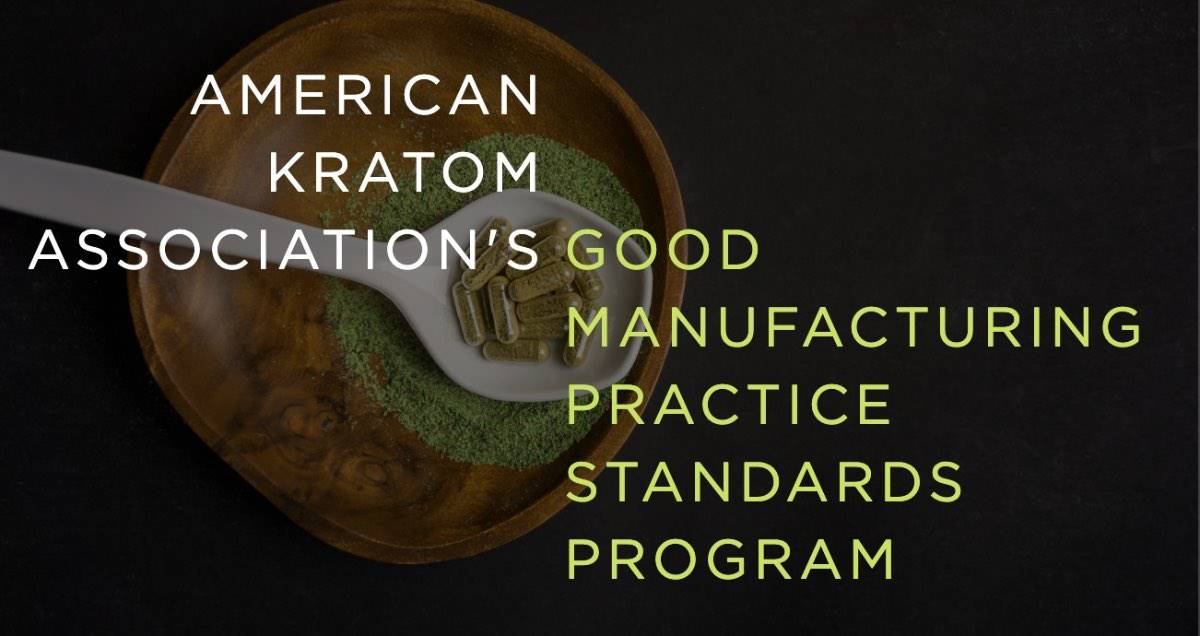
Plus, many of the best kratom brands aren’t AKA GMP-qualified. Some high quality kratom vendors obtain GMP certification from other places. Other great vendors (including Top Tree Herbs) source only AKA GMP-qualified kratom, but don’t get directly certified by the AKA.
Don’t Forget About the Added Ingredients
There are dozens of kratom product types on the market, many of which contain ingredients aside from just kratom leaves. If you want to find the best quality kratom products, make sure these added ingredients are high quality, too.
One example is kratom tea bags. Since Top Tree Herbs (the first crushed-leaf kratom tea bag company) was founded, a few other companies have started selling crushed-leaf kratom in tea bags. But not all tea bags are equal.
While Top Tree uses only non-GMO plant-fiber tea bags that are sturdy and free of microplastics, other companies use low-quality tea bags that need to be sealed with glue. Top Tree also uses only organic, lab-tested herbal teas to make botanical kratom blends.
Other examples of ingredients you should look into include capsules, extract additives, sweeteners, and preservatives.
What to do With High Quality Kratom
You might think there’s not much more to cover, but we’ve got one more important topic to discuss. Once you’ve found the highest quality kratom, what should you actually do with it to make sure you have the best quality kratom experience?
To double-down on high quality, we highly recommend brewing crushed-leaf kratom tea.
We started Top Tree Herbs because we loved the benefits of kratom powder, but like many other consumers, we despised the act of consuming it. Kratom powder is bitter, gritty, and messy.
Imagine buying a pound of premium, locally sourced and roasted coffee beans, grinding them, and then just pouring teaspoonfuls of coffee grounds down your throat. Wouldn’t you rather brew a pot of hot coffee that you can savor?
So instead of tossing and washing kratom powder, consider consuming it in a more enjoyable way.
Final Notes on Finding the Best Quality Kratom
Not all inexpensive kratom products are low quality, and not all high quality kratom products are expensive.
However, if a kratom product’s price is well below standard market value, it may suggest that the vendor cut some corners in the sourcing, processing, packaging, or labeling of kratom products.
Our overall advice: never sacrifice quality just to save a few bucks. Better safe than sorry!
Regardless of the price of the product you’re interested in, remain skeptical and do your research to ensure you get the best quality kratom.
Health Impacts of Consuming Low Quality or High Quality Kratom
Millions of people find kratom tea, kratom powder, and other kratom products to be extremely beneficial. Nevertheless, they aren’t right for everyone.
There are numerous precautions you should take when consuming kratom. Rare instances of liver toxicity and other health issues have been reported as a result of kratom use. In some cases, there were no contaminants found in the products that were consumed, and the products were taken according to package directions.
Even if you find the highest quality kratom products, you shouldn’t consume them carelessly. As with all things, being mindful in your consumption is key to having a good experience in the long term.
Related: What is Kratom Good For? Reasons You May Want to Try it or Skip It
If you ever have questions and concerns about kratom quality and your health, reach out to your healthcare professional, and feel free to contact the Top Tree Herbs team.
